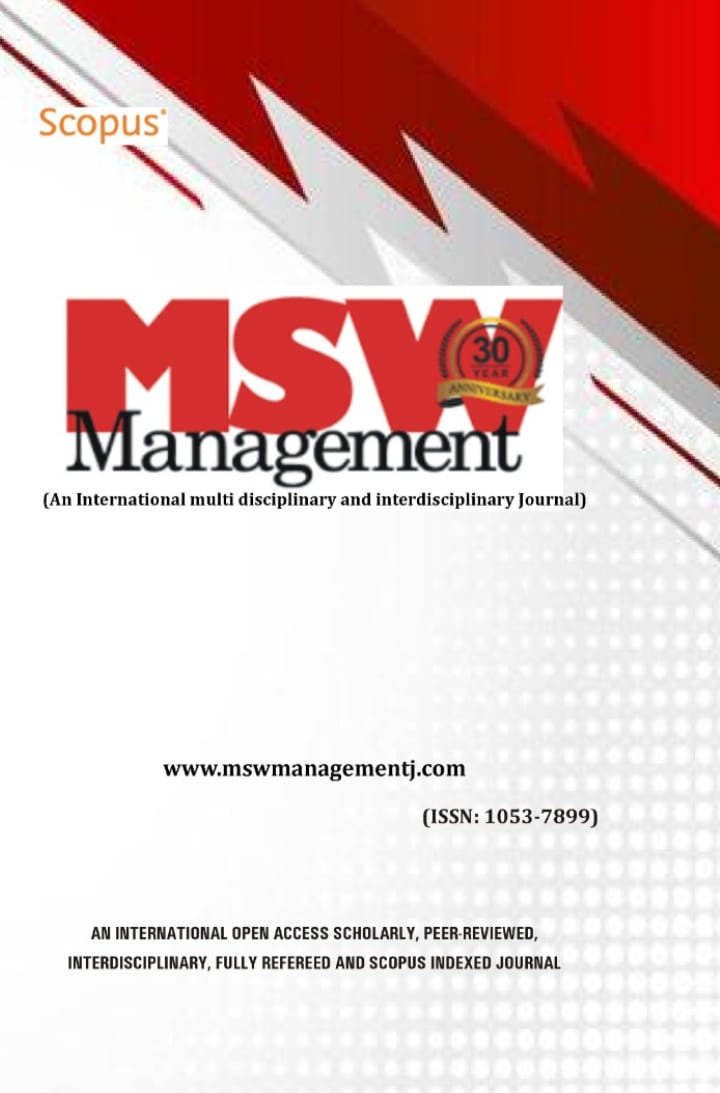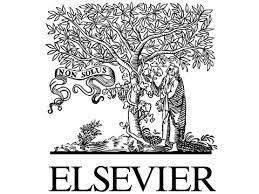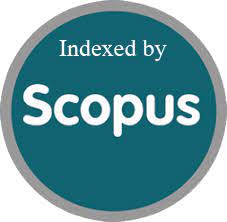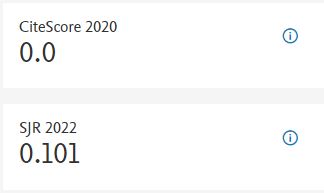Examining the Relationship between the Efficacy of Performance Management Systems, Psychological Contracts, and Organizational Citizenship Behaviour in Contemporary Work Settings in Delhi NCR
DOI:
https://doi.org/10.7492/8h5aya42Keywords:
Psychological contract, Performance Management system, Citizenship Behaviour, Organizational justice, Positive work outcomes, Social exchange relationshipAbstract
In the dynamic and diverse business environment of Delhi NCR, a meticulous examination of performance management systems (PMS) is essential for enhancing organizational effectiveness. This research focuses on understanding the intricate relationship among employee perceptions of PMS effectiveness, Psychological Contract (PC), and Organizational Citizenship Behavior (OCB) within the specific context of Delhi NCR. Through the analysis of responses from 251 employees across various industries, collected via a structured questionnaire, the study uncovers nuanced associations and delivers valuable insights tailored to businesses operating in this unique setting.
The metropolitan complexities of Delhi NCR demand a nuanced exploration of how PMS influences employee perceptions, shaping both the psychological contract and organizational citizenship behavior. By encompassing diverse perspectives from employees across different industries prevalent in the region, this research aims to provide practical insights for organizations looking to optimize their performance management strategies. Through quantitative data synthesis, the study offers a concise yet comprehensive understanding of these relationships, presenting actionable findings that organizations can leverage to foster a more effective and harmonious work environment in the multifaceted realm of Delhi NCR
References
Adams, J. S. (1963). Towards an understanding of inequity. The Journal of Abnormal and Social Psychology, 67(5), 422.
Blau, P. (1964). Power and exchange in social life. New York: J Wiley & Sons, 352.
Boland, T., & Fowler, A. (2000). A systems perspective of performance management in public sector organisations. International Journal of Public Sector Management, 13(5), 417-446.
DeNisi, A. S. (2000). Performance appraisal and performance management: a multilevel analysis. Multilevel theory, research, and methods in organizations, Jossey-Bass, SanFrancisco.
Gosselin, A., Werner, J. M., & Hallé, N. (1997). Ratee preferences concerning performancemanagement and appraisal. Human Resource Development Quarterly, 8(4), 315-333.
Gupta, V., & Kumar, S. (2012). Impact of performance appraisal justice on employeeengagement: a study of Indian professionals. Employee Relations, 35(1), 61-78.
Organ, D. (1988). Issues in organization and management series. Organizational citizenship behavior: The good soldier syndrome. Lexington, MA, England: Lexington Books/DCHeath and Com.
O’Donnell, M., & Shields, J. (2002a). Performance management and the psychologicalcontract in the Australian federal public sector. The journal of industrial relations,44(3), 435-457.
Phago, K., & Munzhedzi, P. (2014). Performance management system quandary in the public service: A case of the Limpopo province, South Africa. Journal of PublicAdministration, 49(4), 1083-1099
Rhoades, L., & Eisenberger, R. (2002). Perceived organizational support: a review of theliterature. Journal of Applied Psychology, 87(4), 698.
Rousseau, D. M., & Greller, M. M. (1994). Human resource practices: Administrativecontract makers. Human Resource Management, 33(3), 385-401.
Selden, S., & Sowa, J. E. (2011). Performance management and appraisal in human service organizations: Management and staff perspectives. Public Personnel Management,40(3), 251-264.

















